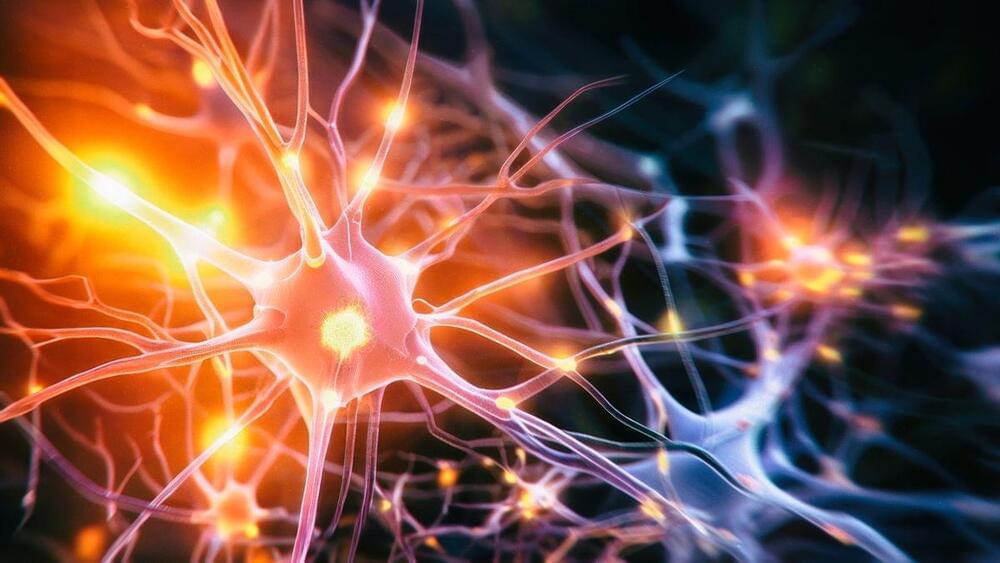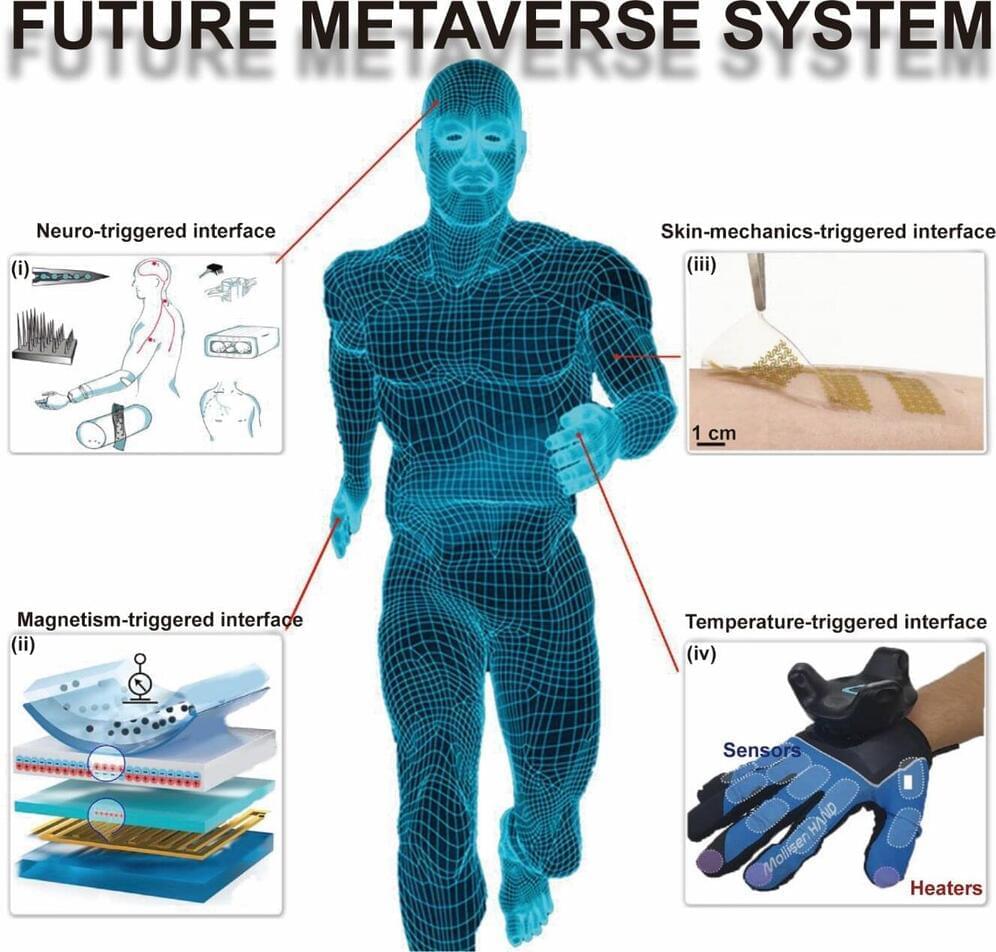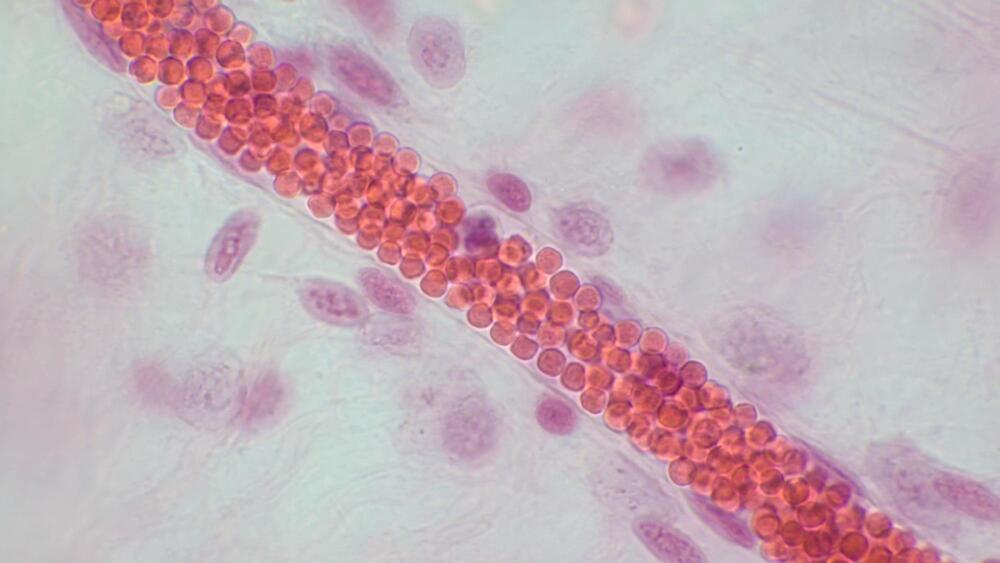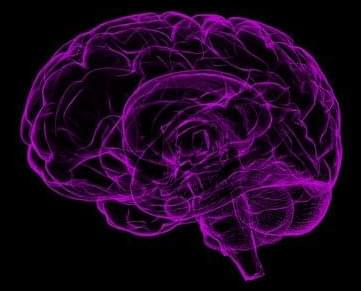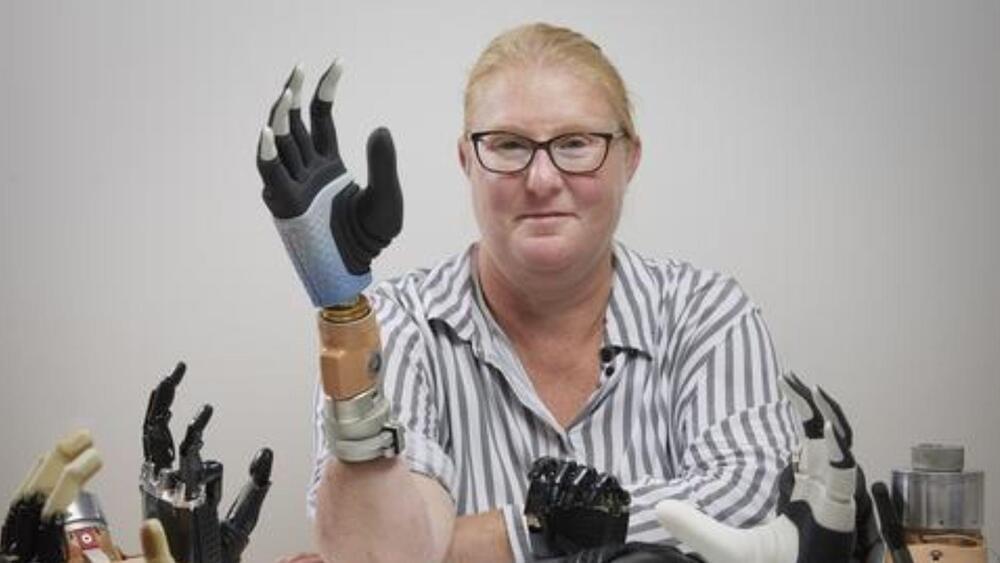The Blue Brain Project introduces a universal workflow for creating and validating neuronal models using open-source tools.
Biophysically detailed neuronal models provide a unique window into the workings of individual neurons. They enable researchers to manipulate neuronal properties systematically and reversibly, something that is often impossible in real-world experiments.
These in silico models have played a pivotal role in advancing our understanding of how neuronal morphology influences excitability and how specific ion currents contribute to cell function. Additionally, they have been instrumental in building neuronal circuits to simulate and study brain activity, offering a glimpse into the complex dance of neurons that underlies our thoughts and actions.

